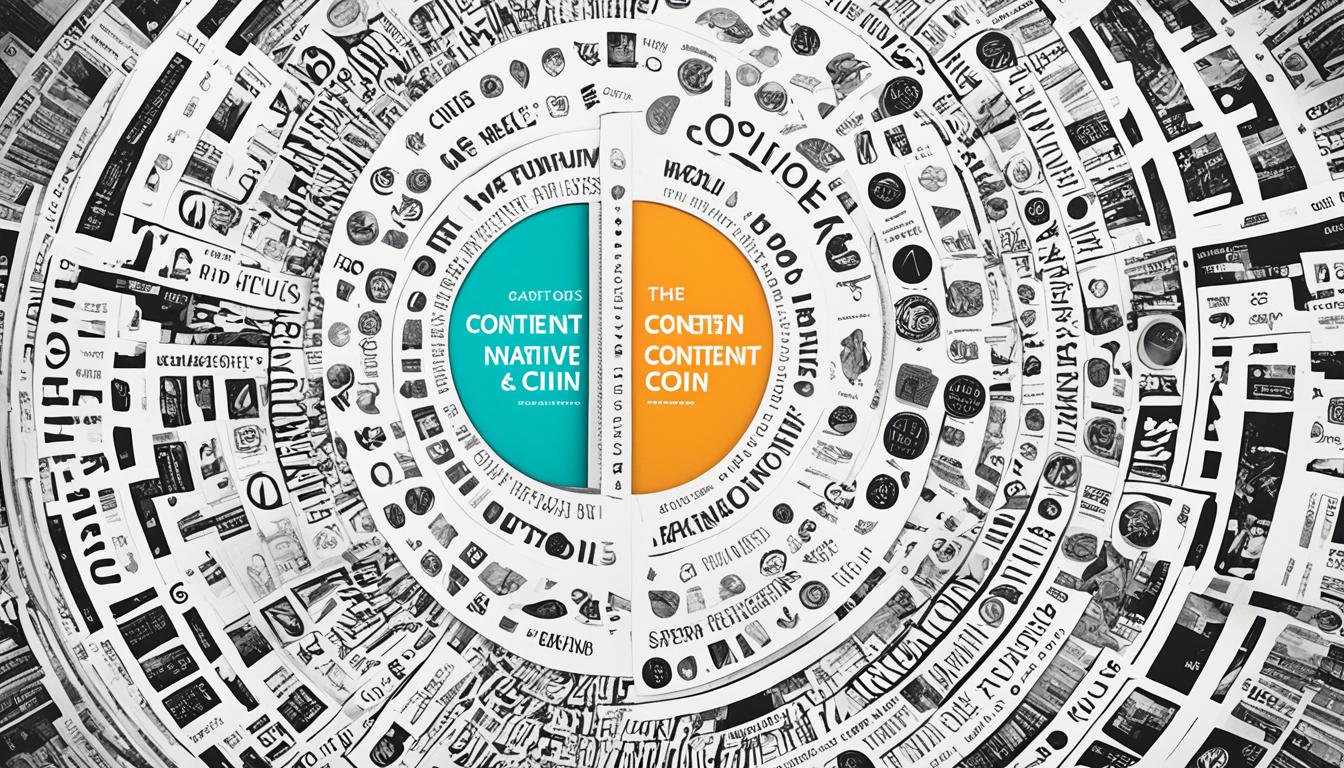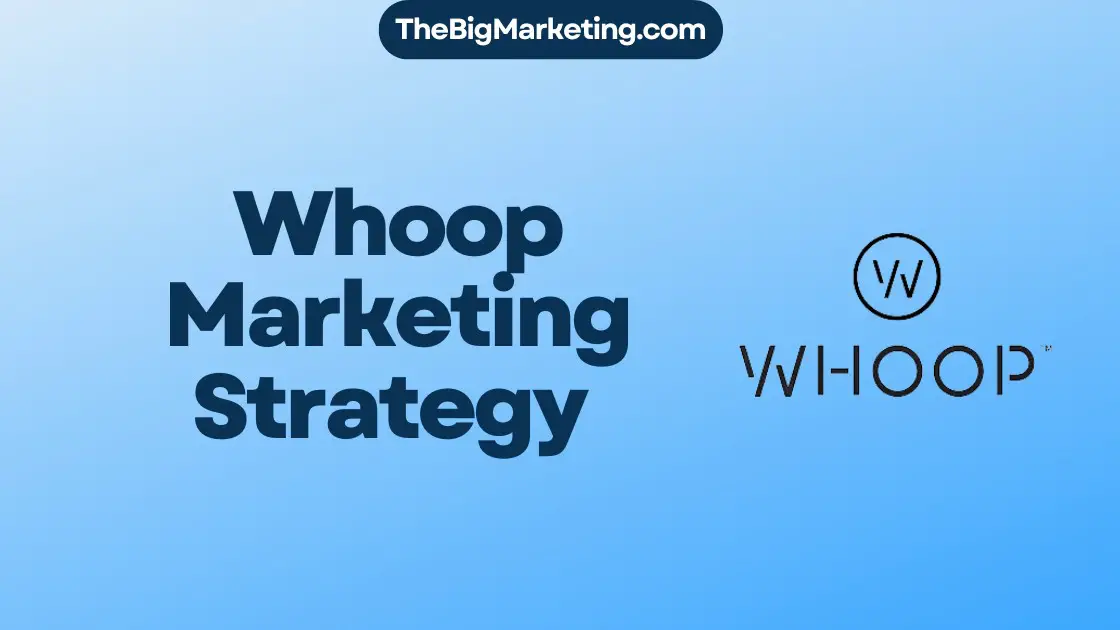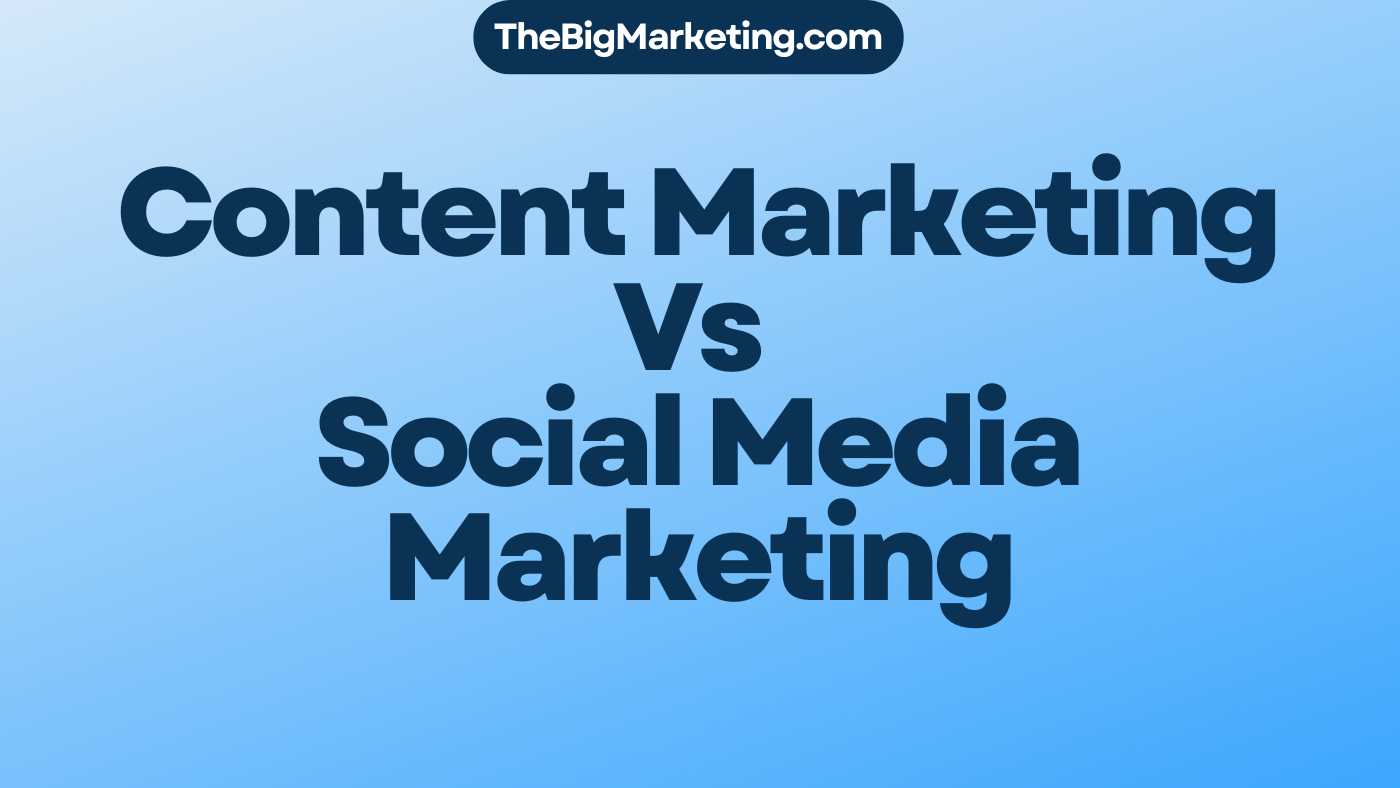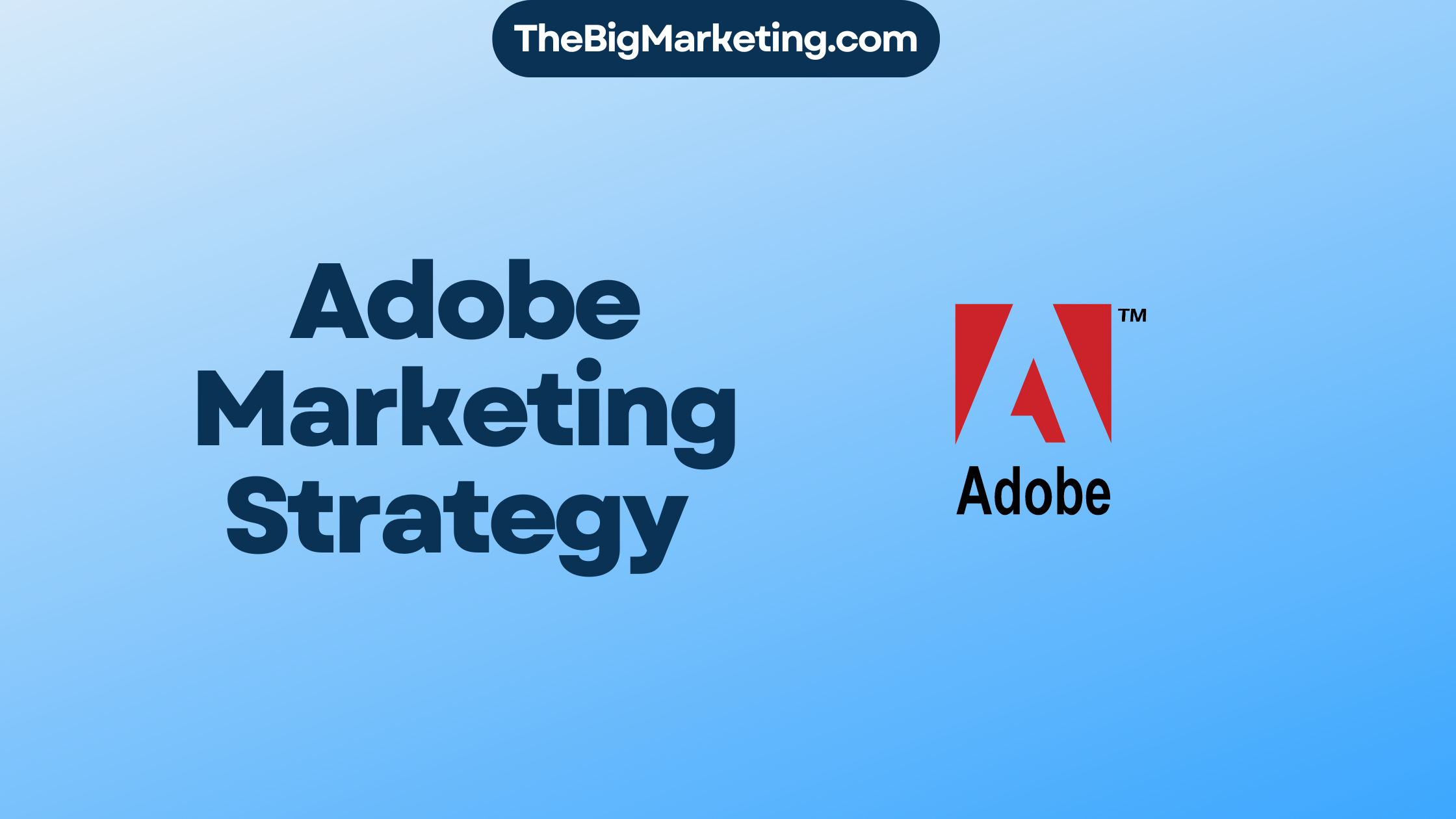The RHB Banking Group has implemented an innovative marketing strategy for 2024. This strategy aims to shape the financial services landscape by leveraging cutting-edge digital and branding tactics. The bank aims to differentiate itself in a competitive market and attract new customers with targeted marketing efforts. Through a comprehensive marketing mix and competitive analysis, RHB is positioning itself as a leader in the banking industry.
Key Takeaways:
- RHB has implemented an innovative marketing strategy for 2024 to shape the financial services landscape.
- The bank aims to differentiate itself and attract new customers with targeted marketing efforts.
- RHB positions itself as a leader in the banking industry through a comprehensive marketing mix and competitive analysis.
Digital Marketing for Banks
RHB Banking Group recognizes the significant role of digital marketing for banks in effectively reaching and engaging its target audience. As the banking industry becomes increasingly competitive, it has become essential for banks to invest in various digital marketing channels to stay ahead of the curve.
One of the primary digital marketing channels that RHB has prioritized is social media. By leveraging platforms such as Facebook, Instagram, Twitter, and LinkedIn, RHB can connect with customers on a more personal level, share valuable content, and build brand awareness.
Email marketing is another crucial component of RHB’s digital marketing strategy. Through strategic email campaigns, the bank can nurture leads, provide relevant updates and promotions, and drive customer engagement. RHB ensures that its email communications are targeted, personalized, and valuable to the recipients.
Furthermore, search engine optimization (SEO) plays a significant role in RHB’s digital marketing efforts. By optimizing its website for relevant keywords and improving its search engine ranking, RHB can increase its visibility and attract organic traffic from potential customers who are actively searching for banking services.
By leveraging data analytics and customer insights, RHB can effectively target its marketing efforts. The bank analyze demographic, psychographic, and behavioral data to understand customer preferences and create personalized marketing campaigns. This targeted approach allows RHB to deliver tailored messages and offers that resonate with its specific target audience.
Benefits of Digital Marketing for Banks
Digital marketing offers numerous benefits for banks, including:
- Wider reach: Digital marketing enables banks to reach a larger audience compared to traditional marketing methods.
- Increase in brand visibility: Through digital marketing channels, banks can increase their brand visibility and exposure to potential customers.
- Cost-effective: Digital marketing is often more cost-effective compared to traditional marketing channels, enabling banks to allocate their marketing budgets more efficiently.
- Real-time engagement: Digital marketing allows for real-time engagement with customers, fostering better customer relationships and loyalty.
- Measurable results: With digital marketing, banks can easily track and measure the success of their marketing campaigns, allowing for data-driven decision-making and continuous improvement.
Overall, digital marketing is crucial for banks like RHB Banking Group to remain competitive in the ever-evolving financial industry. By leveraging social media, email marketing, SEO, and data analytics, RHB can effectively engage with its target audience, promote its products and services, and achieve its marketing objectives.
Branding for Financial Institutions
In the competitive landscape of the financial services industry, effective branding is crucial for institutions like RHB to stand out from their peers and attract a loyal customer base. RHB Banking Group understands the significance of branding and has developed a unique brand identity that reflects its values and commitment to customer satisfaction. This branding strategy helps RHB differentiate itself and build trust with its target audience, ultimately driving customer loyalty and acquisition.
One of the key aspects of RHB’s branding strategy is consistency. The bank ensures that its branding elements are present across all touchpoints, including its website, branches, and marketing materials. This consistent branding approach helps create a strong brand presence and reinforces the bank’s identity in the minds of its customers. By using consistent colors, fonts, and messaging, RHB establishes a cohesive brand experience that resonates with its target audience.
Another important aspect of RHB’s branding strategy is aligning its brand identity with its target audience’s needs and expectations. By understanding the preferences and aspirations of its customers, the bank can create a brand positioning that closely aligns with their desires. This customer-centric approach allows RHB to establish an emotional connection with its audience and develop a brand identity that resonates with their values.
Branding for financial institutions also involves building trust and credibility. RHB recognizes the importance of transparency and reliability in the banking industry, and its branding efforts reflect these values. By consistently delivering on its promises and providing exceptional customer service, RHB earns the trust of its customers and reinforces its credibility as a financial institution.
Furthermore, RHB leverages its branding strategy to highlight its unique selling points and differentiate itself from competitors. The bank showcases its innovative products and services, its commitment to technology advancements, and its personalized approach to banking. Through consistent branding, RHB positions itself as a forward-thinking and customer-centric institution, attracting customers who value these qualities.
To summarize, effective branding is a critical component of RHB’s marketing strategy. By differentiating itself, building trust, and aligning its brand with customer expectations, RHB establishes a strong brand presence in the financial services industry. Through consistent messaging and a customer-centric approach, RHB attracts and retains loyal customers who value its unique offerings.
Branding Elements
| Branding Elements | Description |
|---|---|
| Consistent Visual Identity | RHB ensures that its branding elements, such as logo, colors, and fonts, are consistent across all touchpoints to create a cohesive brand experience. |
| Customer-Centric Messaging | RHB aligns its brand messaging with the needs and expectations of its target audience to establish an emotional connection and resonate with customer values. |
| Trust and Credibility | RHB prioritizes transparency, reliability, and exceptional customer service to build trust and reinforce its credibility as a financial institution. |
| Differentiation | By highlighting its unique selling points and innovative offerings, RHB sets itself apart from competitors and attracts customers who value its distinct qualities. |
Competitive Analysis in Banking Marketing
RHB Banking Group understands the significance of competitive analysis in staying ahead in the highly competitive banking industry. By closely monitoring market trends, customer preferences, and competitor strategies, RHB identifies valuable opportunities for differentiation. This allows the bank to tailor its marketing efforts with precision, effectively positioning itself in the market. The competitive analysis conducted by RHB forms the foundation of its marketing mix, enabling a strategic approach to acquiring and retaining customers.
Through comprehensive competitive analysis, RHB gains valuable insights into its competitors’ strengths and weaknesses. This knowledge allows the bank to refine its marketing strategies, capitalizing on its own advantages and capitalizing on the weaknesses of its competitors. By leveraging these insights, RHB can develop tailored marketing campaigns that resonate with its target audience and effectively differentiate itself from other banks.
Informed Decision-Making through Analysis
Competitive analysis plays a pivotal role in informing RHB’s decision-making processes. By understanding the strategies and tactics employed by its competitors, RHB can make data-driven choices when it comes to its own marketing initiatives. This analysis empowers RHB to identify untapped market segments, refine its messaging and positioning, and optimize its overall marketing approach.
RHB’s competitive analysis allows the bank to stay abreast of industry trends and remain innovative in its marketing efforts. By identifying emerging trends and preferences, RHB can proactively adapt its strategies to meet the evolving needs and expectations of its target audience. This ensures that the bank’s marketing initiatives are always relevant and impactful in a dynamic industry.
Optimizing the Marketing Mix
The insights gained from competitive analysis inform RHB’s marketing mix, ensuring a strategic allocation of resources and effort. RHB strategically deploys its marketing budget across various channels and tactics based on the analysis of competitor performance. This allows the bank to optimize its marketing mix, targeting the right audience with the right message at the right time.
With a comprehensive understanding of competitor strategies, RHB can differentiate itself by offering unique value propositions and innovative products and services. By identifying gaps in the market, RHB can tailor its marketing mix to fill those gaps effectively. This strategic approach enables RHB to acquire and retain customers in a highly competitive landscape.
| Benefits of Competitive Analysis in Banking Marketing |
|---|
| Identifying market trends and customer preferences |
| Understanding competitor strengths and weaknesses |
| Informing decision-making processes |
| Enabling strategic differentiation and positioning |
| Refining marketing mix and optimization |
Target Audience Analysis
RHB Banking Group recognizes the importance of understanding its target audience to create successful marketing campaigns. Through extensive target audience analysis, the bank gains valuable insights into the needs, preferences, and behaviors of its customers. This analysis allows RHB to segment its target audience based on demographics, psychographics, and purchase patterns, enabling the bank to develop personalized marketing strategies that resonate with each segment.
By understanding its target audience, RHB is able to deliver tailored messages and offers that address their specific needs. This targeted marketing approach enhances customer engagement and increases the likelihood of conversion. RHB’s marketing mix is carefully crafted to align with the preferences and behaviors of its target audience, ensuring that the bank’s products and services are positioned effectively in the market.
Segmentation Strategy
RHB utilizes a comprehensive segmentation strategy to categorize its target audience. This segmentation is based on various factors such as age, income level, occupation, lifestyle, and purchasing patterns. By segmenting its audience, RHB can create marketing campaigns that speak directly to each segment’s unique characteristics and needs.
The bank’s target audience analysis goes beyond basic demographic information. RHB delves deeper into psychographics, considering factors such as personality traits, values, attitudes, and interests. This helps the bank understand the motivations and preferences of its customers, enabling it to craft more personalized marketing messages.
Personalization and Customization
RHB believes in delivering personalized experiences to its customers. Through target audience analysis, the bank identifies the specific needs and pain points of each segment. This allows RHB to tailor its marketing messages and offers to address those needs effectively.
Personalization is achieved through various means, including customized email campaigns, personalized website content, and targeted social media advertisements. By providing relevant and valuable content, RHB enhances customer engagement and builds trust and loyalty.
Data-driven Decision Making
RHB’s target audience analysis is backed by data-driven decision making. The bank collects and analyzes customer data to gain valuable insights into customer behaviors and preferences. This data allows RHB to make informed decisions about its marketing strategies, ensuring that resources are allocated effectively and campaigns are optimized for maximum impact.
Through continuous monitoring and analysis, RHB stays updated on changing customer trends and preferences. This enables the bank to adapt its marketing strategies accordingly and ensure that its campaigns remain relevant and impactful.
| Segment | Demographic | Psychographic | Purchase Patterns |
|---|---|---|---|
| Young Professionals | Age: 25-35 Income: $50,000-$80,000 Education: College Graduates |
Urban lifestyle Tech-savvy Value convenience and efficiency |
Online shopping Contactless payments Subscriptions |
| Families | Age: 30-45 Income: $80,000-$120,000 Marital Status: Married Children: 1-2 |
Family-oriented Value stability and security Seek long-term financial planning |
Mortgages Savings accounts Education loans |
| Retirees | Age: 65+ Income: $40,000-$60,000 Retired |
Relaxation and leisure Value financial stability and peace of mind Focus on retirement planning |
Savings accounts Insurance policies Investments |
Innovations in Financial Services Marketing
As the financial services industry continues to evolve, RHB Banking Group remains at the forefront of marketing innovations. By embracing the latest advancements in technology, RHB is able to enhance the customer experience and streamline banking processes.
One of the key innovations in financial services marketing that RHB has adopted is the use of AI-powered chatbots. These chatbots provide customers with instant support and assistance, improving response times and ensuring round-the-clock availability. The chatbots are trained to handle a wide range of inquiries, from account balance inquiries to mortgage application assistance, offering convenience and efficiency to customers.
In addition to AI-powered chatbots, RHB has also focused on developing user-friendly mobile banking apps. These apps enable customers to access their accounts, make transactions, and manage their finances on the go. By providing a seamless mobile banking experience, RHB caters to the increasing demand for digital banking services and enhances customer satisfaction.
RHB understands the value of collaboration and partnerships in driving innovation. The bank actively explores partnerships with fintech startups to offer innovative products and services that meet the evolving needs of customers. These partnerships not only expand RHB’s product offerings but also foster a culture of innovation within the organization.
By staying at the forefront of marketing innovations, RHB aims to attract tech-savvy customers who value convenience and efficiency. The bank’s commitment to embracing technology and exploring new digital channels ensures that it remains competitive in an increasingly digitized banking landscape.
Benefits of Innovations in Financial Services Marketing
The innovations implemented by RHB in its marketing strategy bring several benefits to both the bank and its customers. These include:
- Improved customer experience through the use of AI-powered chatbots that provide instant support and assistance
- Convenience and accessibility through user-friendly mobile banking apps
- Enhanced efficiency and streamlined processes, allowing customers to manage their finances more effectively
- Expansion of product offerings through partnerships with fintech startups
- Increased customer satisfaction by meeting the evolving needs and preferences of tech-savvy customers
Key Success Factors
RHB Banking Group’s effective marketing strategy is bolstered by several key success factors. These factors, combined, contribute to the bank’s ability to differentiate itself in a crowded market and attract and retain customers.
- Comprehensive Marketing Mix: RHB employs a cohesive and integrated approach to reaching its target audience by implementing a comprehensive marketing mix. This enables the bank to leverage various marketing channels and strategies, including digital marketing, branding initiatives, and targeted marketing, to effectively communicate with customers and create impactful campaigns.
- Competitive Analysis: As part of its marketing strategy, RHB conducts thorough competitive analysis in the banking marketing landscape. This analysis allows the bank to gain insights into its competitors’ strengths, weaknesses, and strategies. By understanding the competitive landscape, RHB can differentiate itself and identify untapped opportunities for growth.
- Targeted Marketing: RHB focuses on targeted marketing to engage with its customers. The bank tailors its messaging and offers to resonate with specific customer segments. By understanding customer preferences, behaviors, and needs through data analysis and market research, RHB ensures that its marketing efforts are personalized and relevant.
By leveraging a comprehensive marketing mix, conducting competitive analysis, and employing targeted marketing, RHB Banking Group is able to successfully position itself in the banking industry, attract new customers, and retain existing ones.
Summary Table: Key Success Factors
| Key Success Factors | Description |
|---|---|
| Comprehensive Marketing Mix | RHB employs a cohesive and integrated approach to reach its target audience by leveraging various marketing channels and strategies. |
| Competitive Analysis | RHB conducts thorough analysis of competitors in the banking marketing landscape to differentiate itself and identify growth opportunities. |
| Targeted Marketing | RHB focuses on personalized marketing efforts tailored to specific customer segments. |
Case Study: RHB’s Marketing Initiatives
RHB Banking Group has implemented a series of successful marketing initiatives as part of its comprehensive strategy. These initiatives have helped the bank enhance its brand recognition, engage with its audience, and generate significant customer engagement. Let’s take a closer look at some of the key marketing initiatives undertaken by RHB.
Social Media Campaigns
RHB has leveraged the power of social media to connect with its target audience and promote its products effectively. Through targeted social media campaigns, the bank can reach customers across different platforms and engage them with relevant content. By utilizing data analytics and insights, RHB can tailor its social media campaigns to match the preferences and behaviors of its audience. This approach has resulted in increased brand visibility, customer reach, and brand loyalty.
Experiential Marketing
RHB believes in creating meaningful experiences for its customers by hosting events and workshops that provide valuable insights into various financial topics. These events allow RHB to demonstrate its expertise, build trust with customers, and educate them about the range of financial services it offers. Through experiential marketing, RHB can establish strong relationships with its target audience and position itself as a trusted advisor in the industry.
Influencer and Celebrity Partnerships
RHB has successfully collaborated with influencers and celebrities to create brand awareness and generate buzz around its products and services. By partnering with well-known personalities, RHB can leverage their influence and credibility to reach a wider audience. These collaborations help in enhancing brand image, attracting new customers, and strengthening brand advocacy. By associating itself with popular figures, RHB can create a positive perception of its brand and differentiate itself from competitors.
Overall, RHB’s marketing initiatives demonstrate the bank’s commitment to innovation and customer-centricity. Through targeted social media campaigns, experiential marketing, and strategic partnerships, RHB has successfully positioned itself as a leading player in the banking industry. These initiatives have not only increased brand recognition but also fostered strong customer engagement and loyalty.
| Key Initiatives | Impact |
|---|---|
| Social Media Campaigns | Increased brand visibility, customer reach, and brand loyalty |
| Experiential Marketing | Established trust, positioned RHB as a trusted advisor, and built strong customer relationships |
| Influencer and Celebrity Partnerships | Enhanced brand image, attracted new customers, and strengthened brand advocacy |
Employee Engagement and Internal Communication
RHB Banking Group understands the integral role of employee engagement and internal communication in driving its marketing strategy. By prioritizing these aspects, the bank fosters a collaborative and cohesive work environment that aligns with its marketing objectives, ensuring a consistent brand experience for customers.
To facilitate effective communication and collaboration, RHB has implemented Workplace, an open communication platform. This platform enables real-time communication among employees, allowing for seamless information sharing, coordination of corporate events, and organization of team-building activities. By utilizing Workplace, RHB cultivates a strong internal culture that encourages engagement and camaraderie among its employees.
Through proactive internal communication, RHB ensures that employees are well-informed about marketing initiatives, strategies, and goals. It provides a platform for sharing updates and insights, fostering transparency and aligning employees with the bank’s vision. This open communication approach also encourages employees to actively contribute ideas and feedback, enabling continuous improvement and innovation within the marketing department.
Moreover, RHB recognizes the impact of employee satisfaction on overall brand perception. By fostering a positive work environment through effective internal communication and engagement initiatives, the bank enhances employee morale, productivity, and commitment. Satisfied and engaged employees are more likely to deliver exceptional customer experiences, thereby positively influencing the bank’s branding and customer perception.
The Benefits of Employee Engagement and Internal Communication:
- Improved collaboration and coordination within the marketing team
- Enhanced alignment with marketing objectives and strategies
- Promotion of a consistent brand experience for customers
- Open platform for sharing corporate events and team-building activities
- Transparency and information sharing across the organization
- Fostering of a positive work environment and employee satisfaction
- Strengthening of employee commitment, morale, and productivity
- Increased innovation and continuous improvement within the marketing department
By actively investing in employee engagement and internal communication, RHB Banking Group ensures that its marketing strategies are effectively executed and that its employees are empowered to contribute to the bank’s success. This commitment to fostering a strong internal culture underpins RHB’s branding efforts and sets the foundation for delivering exceptional customer experiences.
Measuring Marketing Success
RHB employs various metrics to measure the success of its bank marketing strategies. By tracking key performance indicators, such as customer acquisition, engagement, and retention rates, RHB gains valuable insights into the effectiveness of its marketing efforts. This data-driven approach allows the bank to make informed decisions and optimize its marketing mix for banks.
Evaluating Key Performance Indicators
Customer acquisition is a crucial metric that measures the bank’s ability to attract new customers. RHB tracks the number of new customers acquired through different marketing channels, such as online campaigns, referrals, and strategic partnerships.
Customer engagement is another significant indicator of marketing success. RHB analyzes metrics like website traffic, social media interactions, and email open rates to assess the level of customer engagement. This data helps the bank understand customer preferences and tailor its marketing communication accordingly.
Retention rates are equally important for RHB’s marketing strategy. By measuring customer retention, RHB can gauge loyalty and satisfaction levels. The bank closely monitors customer churn rates and identifies areas for improvement to enhance its branding for financial institutions and maintain strong customer relationships.
Customer Satisfaction Surveys
To gather feedback and identify areas for improvement, RHB conducts regular customer satisfaction surveys. These surveys help RHB understand customer perceptions, preferences, and pain points. The bank utilizes this data to refine its marketing strategies and enhance the customer experience.
Data Analytics and Market Research
Data analytics and market research play a vital role in RHB’s marketing success. By analyzing demographic data, market trends, and consumer behavior, the bank can identify untapped opportunities and tailor its bank marketing strategies accordingly.
Data-driven decisions also enable RHB to allocate resources effectively and optimize its marketing mix for banks. Whether it’s reallocating budget, refining targeting strategies, or adjusting messaging, data analytics and market research provide the necessary insights for continuous improvement.
Key Marketing Metrics
| Metric | Definition |
|---|---|
| Customer Acquisition | The number of new customers acquired through marketing efforts. |
| Customer Engagement | The level of customer interaction and involvement with the bank’s marketing initiatives. |
| Retention Rates | The percentage of customers retained over a specific period. |
| Customer Satisfaction | The level of customer satisfaction and loyalty measured through surveys and feedback. |
RHB’s commitment to measuring marketing success through a combination of key performance indicators, customer satisfaction surveys, data analytics, and market research enables the bank to refine its marketing strategies, optimize the marketing mix for banks, and strengthen its branding for financial institutions. By continuously evaluating and improving its marketing efforts, RHB ensures that it remains competitive in the ever-evolving banking industry.
Conclusion
The RHB Banking Group has successfully implemented a comprehensive marketing strategy to establish itself as a leader in the dynamic banking industry. By strategically utilizing digital marketing, implementing effective branding initiatives, and conducting thorough competitive analysis, RHB has positioned itself to attract and retain customers in a highly competitive market.
Through embracing innovations in financial services marketing and focusing on targeted marketing, RHB is shaping the future of banking. By leveraging cutting-edge technologies and trends, RHB aims to stay ahead of the curve and meet the evolving needs of its customers.
Furthermore, RHB recognizes the importance of employee engagement and internal communication in driving its marketing strategy. By fostering a strong internal culture and ensuring all employees are aligned with its marketing objectives, RHB delivers a consistent brand experience and reinforces its position in the market.
By continuously measuring and analyzing its marketing efforts, RHB can make data-driven decisions and optimize its strategies to deliver a superior customer experience. With a strong commitment to innovation, differentiation, and customer-centricity, RHB Banking Group is poised for continued success in the ever-evolving landscape of the financial services industry.



